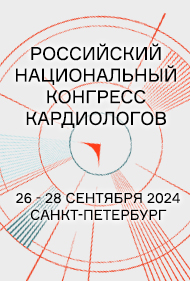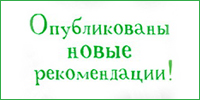Extracranial Systemic Embolic Events in Patients with Nonvalvular Atrial Fibrillation: Incidence, Risk Factors, and Outcomes
Background—Nonvalvular atrial fibrillation (AF) is a major cause of thromboembolic events. Compared to AF-related stroke, extracranial systemic embolic events (SEE) remain poorly defined.
Methods and Results—All suspected SEE reported among 37,973 participants of four large contemporary randomized clinical trials of anticoagulation in AF were independently re-adjudicated for clinical and objective evidence of sudden loss of perfusion of a limb or organ. Over 91,746 patient-years of follow-up, 221 SEE occurred in 219 subjects. The SEE incidence was 0.24/100 and stroke incidence was 1.92/100 patient-years. Compared to patients with stroke, those with SEE were more often female (56% vs. 47%; p=0.01), had comparable mean age (73.1±8.5 vs. 73.5±8.8 years, p=0.57) and mean CHADS2 scores (2.4±1.3 vs 2.5±1.2; p=0.33). SEE more frequently involved the lower extremity (58%), than visceral-mesenteric (31%) or upper extremity (10%). SEE-related care involved clinic assessment alone in 5%, 30% were hospitalized without procedures, 60% underwent endovascular or surgical intervention, and 5% underwent amputation. Within 30 days, 54% of patients recovered fully, 20% survived with deficits and 24% died. 30-day mortality was greater after visceral-mesenteric than lower or upper extremity SEE (55%, 17% and 9%, respectively, p=<0.0001). The relative risk of death throughout follow-up was 4.33 (95% CI 3.29-5.70) after SEE vs. 6.79 (95% CI 6.22-7.41) after stroke, compared to patients without either event.
Conclusions—SEE constituted 11.5% of clinically-recognized thromboembolic events in patients with AF and was associated with high morbidity and mortality. SEE mortality was comparable to that of ischemic stroke and varied by anatomic site.
Source: circ.ahajournals.org






